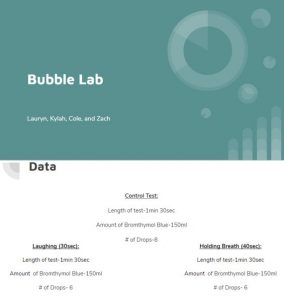Welcome families! This past week, our biologists learned about the policies and procedures of the course, and tested their new knowledge with a syllabus quiz. To view their scores and the rest of the course content, remember that you can sign up for an observer account on canvas by following these directions.
Each day, students answer their do-now question on the left side of a yellow sheet of paper. At the end of the day, students consolidate information they learned on the right side of the paper. Students will receive this back on Tuesday, so ask them how this is going for them. Are they really using the consolidation section to help them remember key points?
Example:
On day 2, students signed up for instructional websites like quizlet.com and edpuzzle.com. I will be using these resources to help students learn key vocabulary and content. Edpuzzle is particularly useful, because I can show students instructional videos, and embed questions meant to check their understanding as they complete them. After signing up, students took a Benchmark to measure their biological knowledge before we begin instruction.
Ask your students:
- What topics were they already familiar with on the benchmark?
On day 3, we began discussing the scientific method, including the difference between observation and inference, and the difference between a law and a theory. Students learned that the carbon dioxide they exhale can combine with water to make carbonic acid. Bromothymol blue changes color to indicate this change in pH, so students developed their own investigations to see if their chosen independent variable affects the amount of acid produced. Students are working on a poster or digital presentation to display their findings. One example:
Ask your students:
- Is a theory just the same as a “hunch” or “guess” about something?
- Your children may ask to show you the “candle trick” I demonstrated on day 3. The materials for it are very inexpensive, and I’m sure you’d be amused.
On day 4, we discussed the characteristics of life. Students originally contributed some criteria for life such as: a beating heart, functioning brain, working GI track, etc… Through a classifying activity, they learned that yeast and yogurt bacteria are alive (although they have none of these criteria).
Ask your students:
- What really makes something alive or not? How is what they learned different from what they thought at the beginning of the lesson?
This coming week, we will finish our introductory unit on Tuesday, and students should expect a quiz shortly afterword. The introductory unit does not have a unit exam, but our next unit (Chemistry of Life) will have one.

